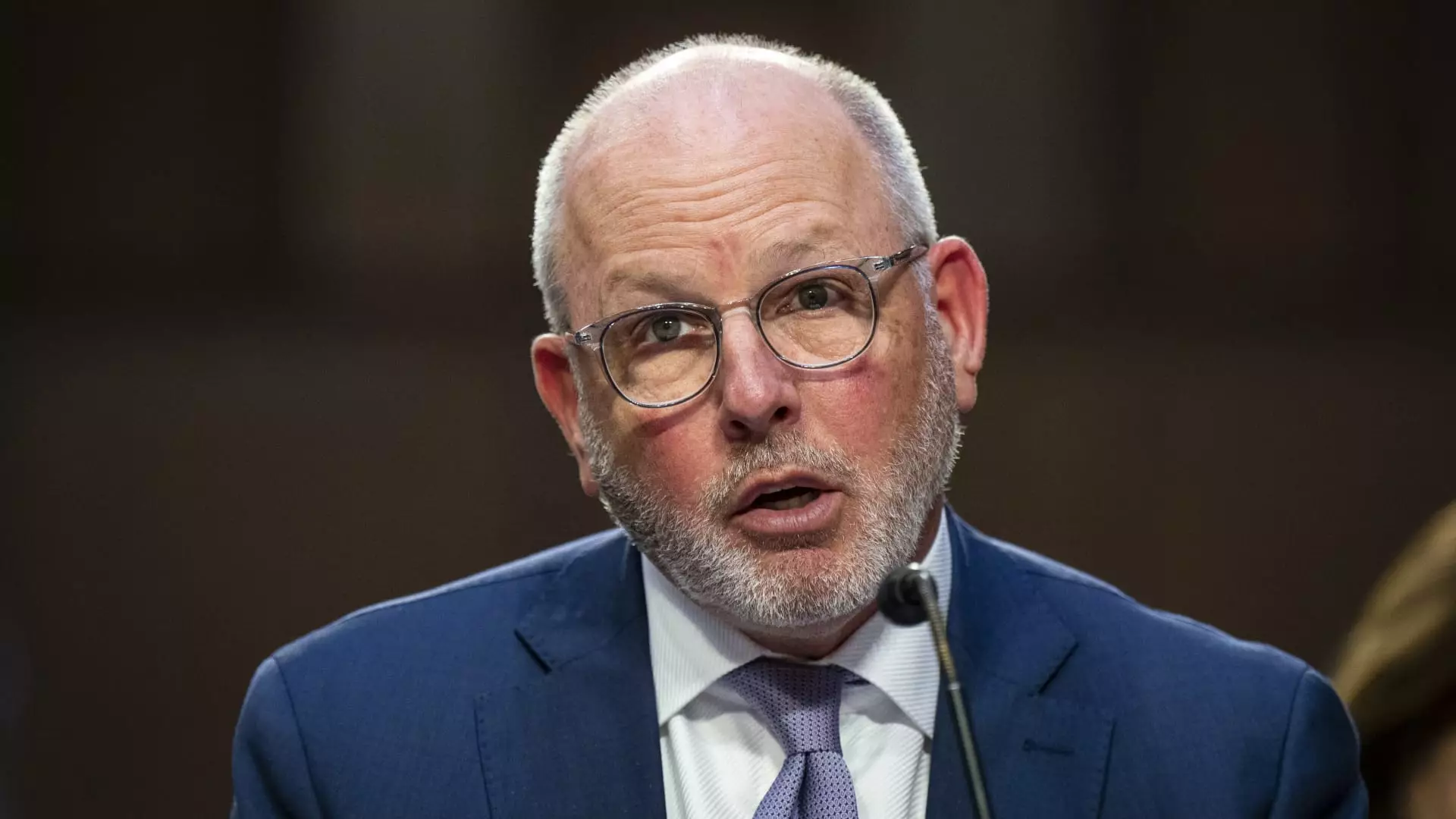In recent years, the escalating costs of prescription medications have rendered healthcare unaffordable for many in the United States. The persistent rise of drug prices has prompted scrutiny from various sectors, including policymakers and healthcare professionals. Central to this debate are Pharmacy Benefit Managers (PBMs), entities that mediate drug pricing between pharmaceutical companies, insurance providers, and consumers. One of the most notable PBMs is CVS Health’s Caremark, which has faced criticism over its role in potentially inflating medication costs. As the current discourse around drug pricing intensifies, understanding the complex dynamics involving PBMs remains crucial.
Recently, CVS Health CEO David Joyner took center stage during the company’s fourth-quarter earnings call to defend the role of PBMs, asserting their significance in managing drug costs. With Joyner at the helm since October, his remarks signal a clear objective to reshape the narrative surrounding PBMs. He contends that drug manufacturers themselves possess monopolistic tendencies that play a substantial role in high drug prices. This assertion denotes a desire to shift blame away from PBMs, suggesting that their existence is essential in counteracting the rising costs induced by manufacturers.
Joyner’s defense arrives at a pivotal moment when various stakeholders, including the government, are increasingly considering reforms targeting PBMs. The unusual focus on PBMs during the earnings call reflects the mounting pressure for transparency in drug pricing. Joyner emphasized that Caremark serves as a “critical counterbalance” to the strategies employed by drug manufacturers, claiming that their operations are dedicated solely to cost reduction across the healthcare system.
Despite Joyner’s claims, the role of PBMs like Caremark is fraught with controversy. Critics, including lawmakers and representatives from the pharmaceutical industry, argue that PBMs often benefit financially from negotiated rebates without adequately transferring those savings to consumers. They assert that PBMs inflate prescriptions’ costs, underpay pharmacies, and create formularies that restrict patient access to necessary medications. The complexity of these relationships often complicates the ultimate goal of healthcare: to provide affordable access to treatments.
Interestingly, while Joyner cited staggering figures, such as PBMs allegedly saving the healthcare system over $100 billion annually, the absence of specific sources for these figures raises questions regarding their validity. Such claims merit closer scrutiny and demonstrate the potential for bias in both corporate and policy rhetoric.
The discussions around PBMs have attracted bipartisan interest, with lawmakers advocating for regulation to enhance transparency and accountability in the pharmaceutical supply chain. Amidst this environment, organizations such as PhRMA, the pharmaceutical industry’s primary lobbying group, have openly criticized PBMs. They argue that recent investigations into these entities highlight justified concerns over their operations and impacts on drug pricing.
The backlash against PBMs speaks volumes about the contentious nature of healthcare reform. As public criticism mounts, it becomes imperative that PBMs engage in open dialogue with stakeholders to address these allegations and clarify their role in the healthcare ecosystem. Transparency and collaboration may be the key to rebuilding trust and ensuring that patients benefit from any cost-containment strategies implemented.
As the healthcare industry faces unprecedented scrutiny over drug pricing, the role of Pharmacy Benefit Managers will likely remain a focal point in reform discussions. David Joyner’s defense of PBMs indicates a concerted effort to reshape perceptions that could significantly influence future regulatory landscapes. However, the ongoing criticism from various sectors cannot be overlooked. Ultimately, a balanced approach that considers the interests of all stakeholders—from manufacturers to PBMs and, most critically, patients—is essential in forging a sustainable path toward affordable healthcare in America. Without accountability and transparency, the quest to mitigate drug costs will continue to be a daunting challenge that demands immediate and concerted attention.

